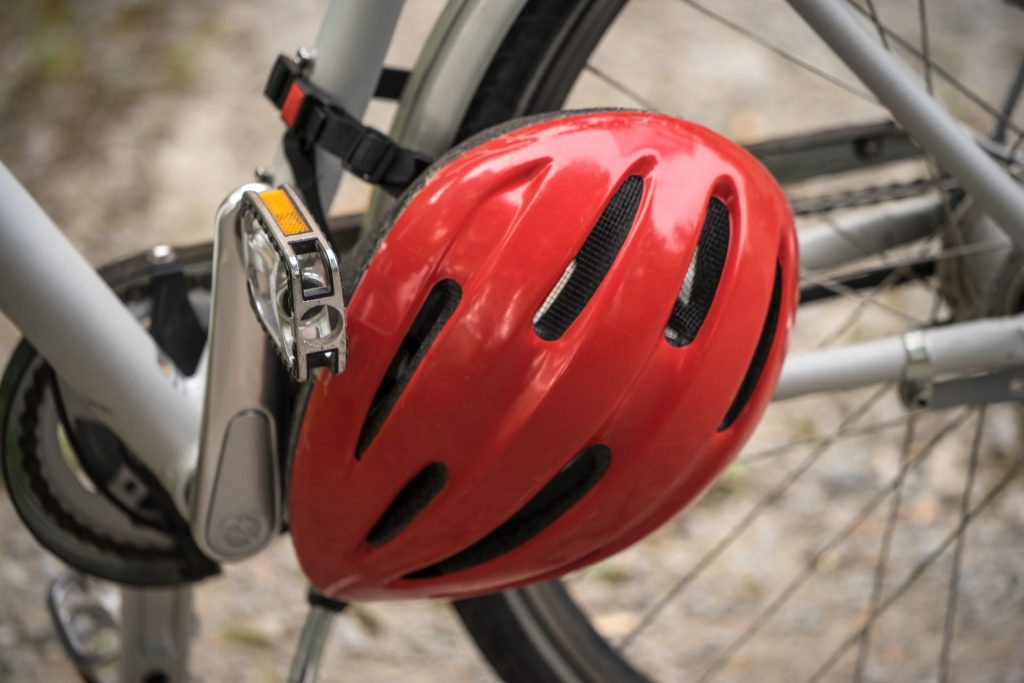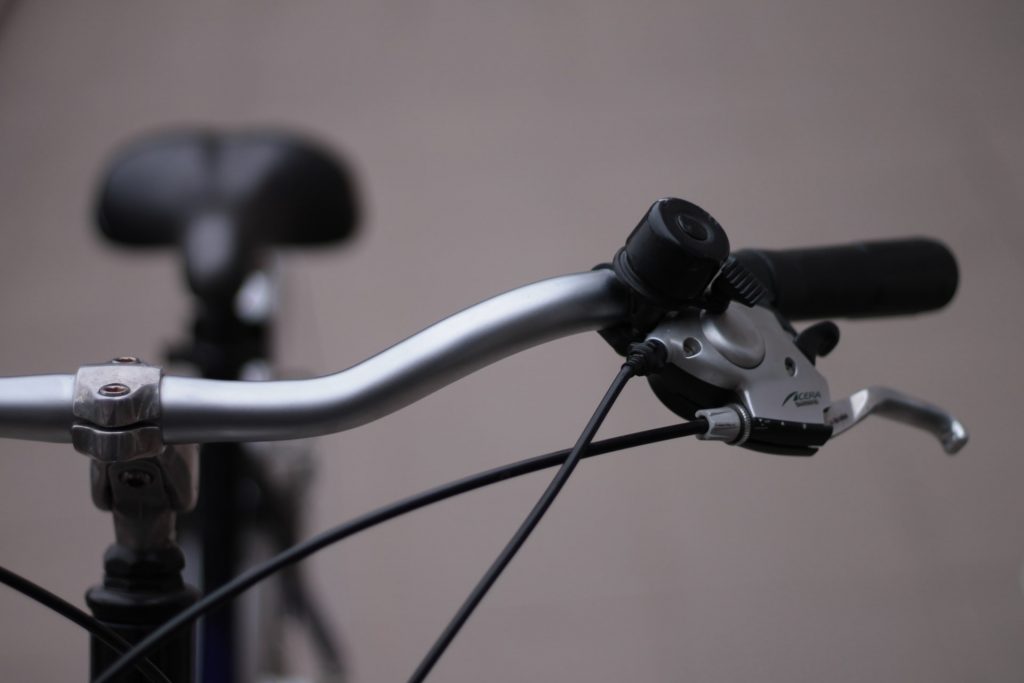Physical activity is necessary to be fit, healthy, and overall lead a better lifestyle. In fact, according to a study, exercise makes people happier. The results showed that people who partake in physical activity have a higher well-being score than those who are inactive. A great way to ensure you get your daily dose of exercise is cycling.
Whether you are 7 or 70, starting to ride a bike for the first time might be scary. But, there’s no reason to worry. Follow the steps we’re sharing with you below, and you will be a master in riding a bicycle in no time. In case you already know how to ride a bike, then this guide can help you cycle better and safer.
Don’t Be so Hard on Yourself
We’re starting off with this essential tip, try not to be hard on yourself, especially if you are an adult and feel as though you are behind. Remember that there is no age limit on when you should learn to ride a bike. As long as you are willing to learn, then the process of learning to ride a bike as an adult will not be any more difficult than it is for kids. The only thing stopping you is nerves, so try to put them aside and only focus on the task at hand. You got this!
Find a Bike that Fits You
Before you begin learning how to ride a bike, you need to find one that fits your body. When the bike suits your height and flexibility, then the learning process will become easier for you. Make sure you can rest comfortably on the saddle and not slide forwards or backward while riding. Also, check for the position of the handlebar and pedals. Consider how comfortable you feel when positioning your hands and feet on the bike. All of this is important because bikes that don’t accommodate you well can lead to injuries, including lower back muscle pain, hand numbness, saddle sores, and general discomfort.
Don’t Forget to Wear a Fitting Helmet

Safety always comes first! Helmets are the most effective way to prevent head injuries or fatalities in case of a bike crash. When choosing a helmet, first and foremost, make sure it fits your head and covers your forehead. It shouldn’t be so big that it moves around when you fasten the straps, and neither should it be so small that it sits on your head uncomfortably. Once you have found the right size, you can pick the model, color, and design that you like best. This way, you will be riding safely and in style.
Find a Place Where You Can Exercise Your Riding Skills
When you are first learning how to ride a bicycle, you should find a location suitable for beginners. The best choice would be a flat, smooth surface that is away from traffic. You could start by training on grass or smooth gravel so that if you fall, you will not get hurt. Then, you can move on to a driveway, an empty parking lot, or your sidewalk. Once you feel ready, you can proceed to bike to whatever location you want.
Start with Practicing to Get on and off the Bike
Before you start pedaling, make sure you can stand over your bike, get on and off it. Begin by adjusting the saddle until your feet can touch the ground, then to get on the bike, start by:
- Standing beside the seat.
- Then, place your foot on the pedal next to you.
- Push on that pedal.
- Put your other foot around the saddle and onto the other pedal.
- Ease yourself onto the seat and get ready to pedal.
- Hold the brakes throughout the whole process.
When you want to get off the bike, you have to:
- Stop pedaling.
- Shift your weight to one of the pedals.
- Hold the brakes.
- Place one foot on the ground.
- Slide the other food around the saddle and onto the ground.
Get Familiar with How Brakes Work

Braking is one of the most crucial skills that you need to learn when cycling. Bikes can have different brake types, such as rim brakes, disc brakes, or drum brakes. So, you need to practice and get familiar with the ones on yours. Familiarize yourself with how your brakes work on different conditions and roads. For example, it might be easier to come to a halt when driving on a dry concrete road versus a gravel road while it is raining. Similarly, it is much easier to use brakes when you are going slower than when you’re at top speed. Always try to visualize how you would stop the bike in case of emergencies, and practice whenever you can.
Get into Gliding
If you don’t feel comfortable pedaling right away, you can begin to cycle by gliding. You can do so by placing both feet on the ground and using them as the pushing force. First, take small steps while seated and gradually try speeding up until you can pick up your feet and practice balancing on the bike. Then place your feet on the ground and use them as brakes. There are bikes designed specifically for gliding, which will make the process of learning to balance easier.
Try Out Steering and Turning
When you can move with your bicycle in a straight line, then you start to rehearse steering and turning. As you are cycling, practice turning the handlebar to the right and left. Notice how the slope changes and adjust your body’s balance on the bike to match it.
Now Move to Pedaling
Once you can glide on the bike with feet up, use the brakes, and make turns, you can start to pedal. Start with one of your feet on the ground and use the other to give you some momentum, then place both feet on pedals and push.
Now that you have got down the basics in biking 101, you can use them all together. The more you practice, the faster you will gain confidence. Voilà! Now you can ride a bike!




